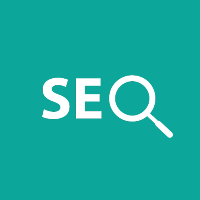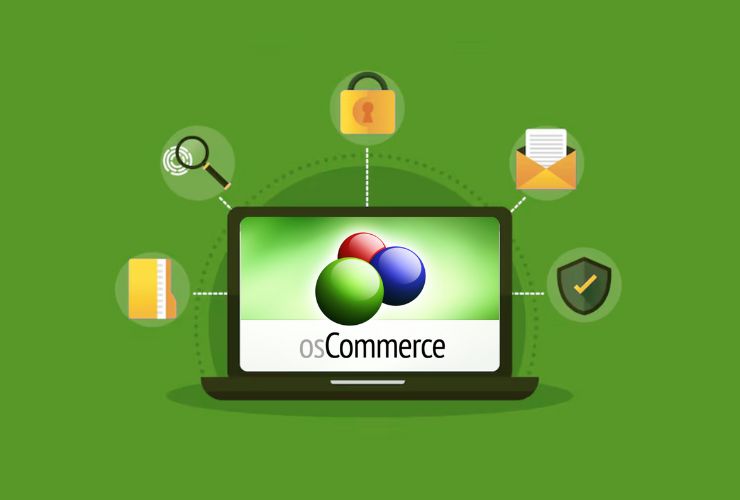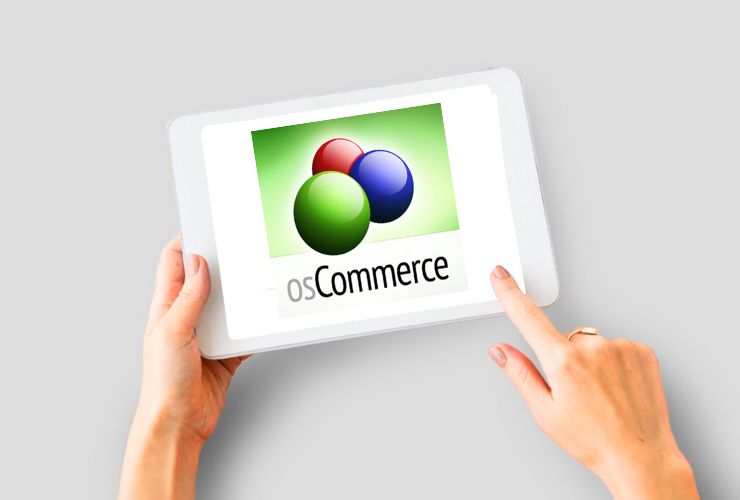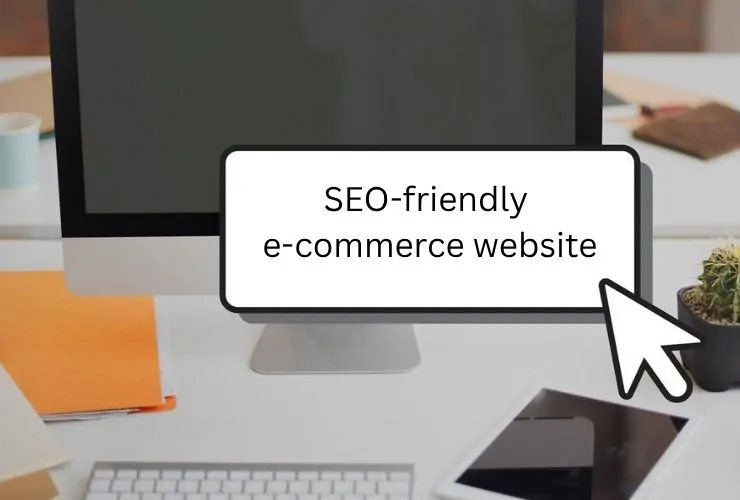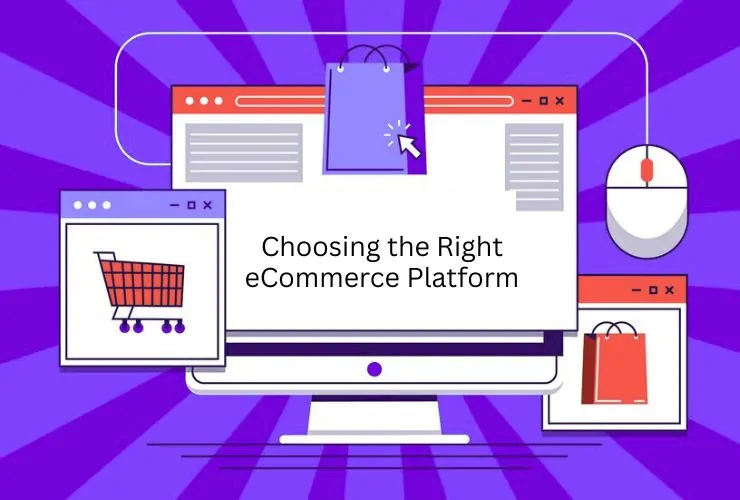OsCommerce is a popular eCommerce platform that supports thousands of online stores around the world. While it has a variety of solid features to support online selling, producing good visibility in search engines and conversions requires working on optimization.
Whether that means fine-tuning product pages or improving the speed of the site, mobile responsiveness, or the checkout experience, an optimize your OsCommerce store means you will be able to get more traffic, engage users better, and boost sales.
Improve On-Page SEO
On-page SEO basically ensures that search engines can crawl and understand your store’s content easily as well as optimize your pages.
Strategies:
- Key Words: Use key words and related phrases naturally within product titles, descriptions and in the metadata tags. Focus on long-tail key words and phrases that indicate the user intent.
- Create meta titles and meta descriptions that are short, actionable, and include key terms and phrases for every page.
- Headers (H1, H2, H3): Make sure that your content has a logical structure to improve readability and SEO.
- ALT text for images: When responding for product images, be sure to include descriptions for each image via the alt attributes include with the HTML. The images become more searchable, which improves visibility, user experience, and accessibility.
- Impact on Conversions: When pages are optimized, the information provides clear indications about the value of the product which encourage the user to purchase.
2. Improve the Layout and Navigation of Your Site
A good layout and structure for the site helps users, and search engines make the best use of your store’s contents. This not only enables the user journey to be more intuitive and effective, but enhances overall discoverability and engagement.
Strategies:
- Categories and Subcategories: Name categories descriptively, including relevant keywords, when relevant to support search relevance.
- Breadcrumbs: Include breadcrumbs for sites that are larger in terms of products or categories. This will help all users navigate more intuitively and efficient, but also provides search engines a context of the site tree structure.
- Internal Links: Include inter product links to help land an additional path to additional product offerings while supporting SEO and building context and authority. For example, if a t-shirt has a related hat it may be worth linking in the product description.
- Impact on Conversions: Effective navigation is one of the best ways to reduce bounce rates and enhance product finding aspects of a site’s experience. An easy find will lead to heightened likelihood of transaction completion.
3. Optimize Your Product Page
Your product page performance is vital to purchase and SEO. The product page is where users make the purchase decision.
Strategies:
- Unique Product Description: Duplicative content across the web can result in poor performance. Be persuasive and informative in your description that connects to the benefits when relevant.
- High-Quality Images: Provide multiple images of the product from different angles, and always an opportunity to zoom into the product which boosts confidence decrement.
- Reviews from Users: User reviews greatly support trust building, and can create fresh, keyword content.
- Schema Markup: Use structured data to allow you to have rich search results such as product rating or pricing.
- Impact on Conversion Rates: A properly optimized product page will boost ranking or search page placement; build trust; and increase the user’s decision to purchase.
4. Increase Website Speed and Performance
Website speed is another critical ranking factor from both a user experience and conversion perspective.
Strategically:
- Image Optimization: You should compress images as needed while maintaining their quality.
- Caching: Browser and server-side caching options will allow you to speed up recurrent visits.
- Minify CSS/JS and HTML (files): Lower the amount of space your files take up, resulting in faster loading times.
- Reliable Hosting: Make sure your hosting environment can efficiently handle user traffic.
5. Mobile Optimization
As more users are shopping on mobile, it’s critical to make your store mobile-friendly.
Strategically:
- Responsive Design: Make sure your store is responsive to all screen sizes.
- Mobile-Friendly Navigation: Making menus, buttons, and checkout forms smaller will make them more readable on mobile devices.
- Fast Mobile Loading: You may want to optimize images and scripts specifically for mobile.
- Impact to conversions: Mobile-friendly stores see improved engagement, lower bounce rates, and more mobile sales.
6. Implement Secure and Easy Checkout
Many users will abandon their cart as they head to exit because of the checkout process. Having a secure and easy checkout process will help improve conversions.
Strategically:
- SSL Certificates: An SSL certificate will allow for said secure data passing, but also helps to build trust with users.
- Guest Checkout Options: To help with friction, offer guests the ability to purchase without having to create an account.
- Multiple Payment Options: Should users require more than one payment option, offer popular gateways for their convenience.
- Clear Call to Actions (CTA): Make your buttons or any needed instructions are clear and easy to read.
7. Use Analytics to Monitor and Optimize
Data-driven optimization allows for continuous improvements for both SEO and conversion rates.
Strategies:
- Google Analytics: Understanding traffic sources, user behavior, and conversions.
- A/B Testing: Testing different layouts, CTAs, product descriptions, and banners to see which versions increase engagement.
- Conversion Rate Optimization (CRO): Using insights from your data to continuously optimize different elements of your website.
- Impact to Conversions: Leveraging analytics-driven optimization is valuable to identify opportunities, fix problems, and maximize revenue potential.
8. Leverage Marketing and Engagement Tools
As it relates to SEO and conversions, ongoing marketing and engagement in the user experience is key.
Strategies:
- Email Marketing: Continue email campaigns to segmented consumers to drive repeat purchases.
- Social Proof: Show reviews, customer testimonials, and assurance badges prominently.
- Upselling and Cross-Selling: Making related product recommendations on product pages and during the checkout process.
- Promotions and Discounts: Make purchasing decisions easier through limited time promotional discounts.
- Impact to Conversions: These methods increase average order value by focusing on customer engagement or retention value.
Conclusion
Optimizing your OsCommerce store for SEO and conversions requires a holistic approach, combining on-page optimization, site speed, mobile responsiveness, secure checkout processes, analytics, and marketing strategies.
By following these best practices, you can:
- Increase organic search traffic
- Enhance user experience
- Build trust and credibility
- Reduce cart abandonment
- Drive higher sales and revenue
A strategically optimized OsCommerce store not only ranks higher in search engines but also delivers an intuitive shopping experience that encourages repeat purchases, helping your business grow sustainably in today’s competitive eCommerce landscape.



